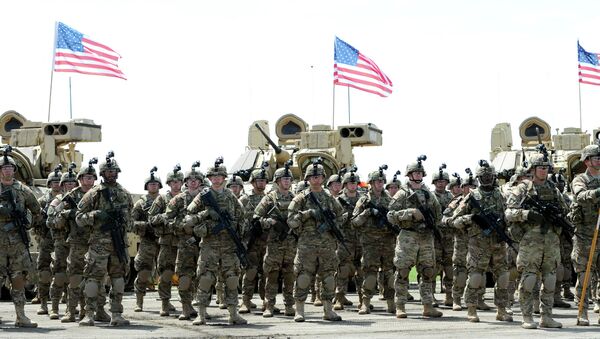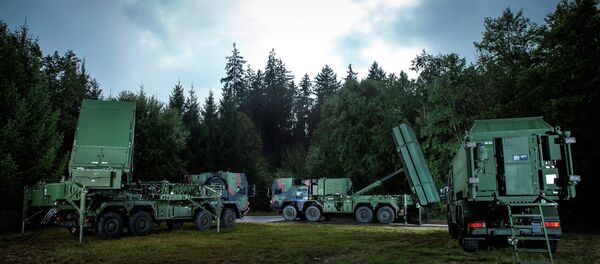With defense spending swallowing up over $600 billion a year and comprising over 3 percent of US GDP, O'Hanlon explained to Radio Sputnik that "what [Bernanke] was arguing is that the United States can spend, and can afford to spend the money that it needs to on defense, but there are obvious downsides –that defense spending should not be any larger than it must be, because it adds to the debt, because it can drain away skills and workers from other parts of the economy where they might be more productive. So it was a very nuanced message."
Suggesting that defense spending had the potential side benefits of creating new technologies which can later be applied in the civilian sector, along with "the skills that some of our military personnel may get," O'Hanlon also said that Bernanke was clear in noting "that there are drains and burdens that the defense sector can impose."
Asked to comment on the idea popularized by Gore Vidal over thirty years ago that the US needs perpetual wars in order to sustain its economy, O'Hanlon noted that what Bernanke "said on that very same subject is that it depends on the time period that you're in whether defense spending helps the economy or hurts it."
Using the Second World War and the Vietnam War as examples, O'Hanlon noted in World War II's case, "no one wanted [the war], but nonetheless it did help the American economy recover from the Great Depression. That was obviously not the reason we fought it, but it was one of the effects." On the other hand, the academic explained that "the Vietnam War was extremely bad for our economy, because it led to a period of very high inflation, and so that was an example pointing in the other direction."
The US has long been known to spend more on defense than any other country in the world by a factor of several times, with defense accounting for nearly 20 percent of all federal government spending. Last week, a scandalous report by the Congressional Government Accountability Office found that the Department of Defense did not bother asking defense contractors on the reasonableness of pricing in over 60 percent of the cases investigated. The military has also been plagued by much-publicized problems of everything from frivolous spending to cost overruns for defective hardware, perhaps most famously with the recent Lockheed Martin F-35 Strike Fighter scandal.



